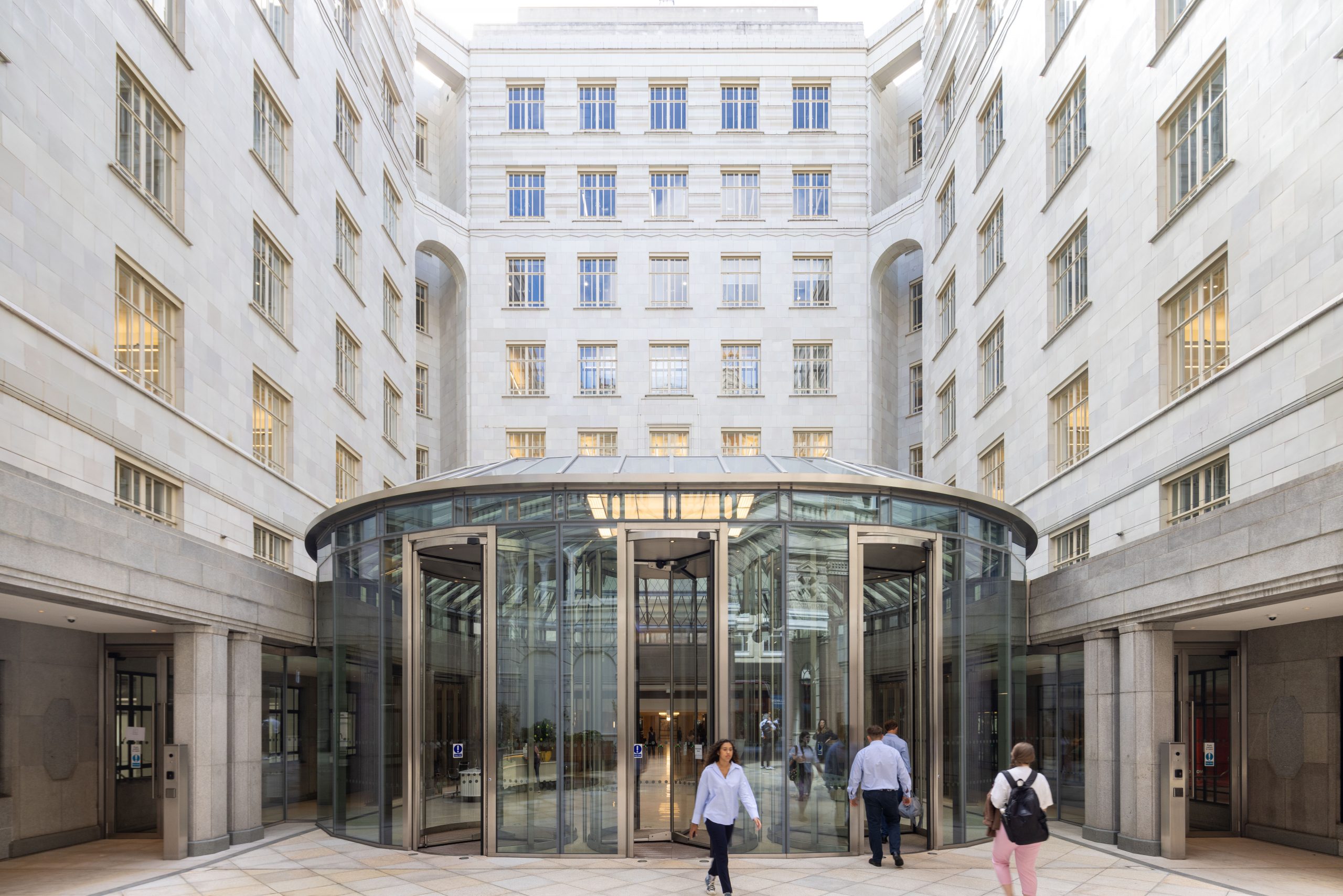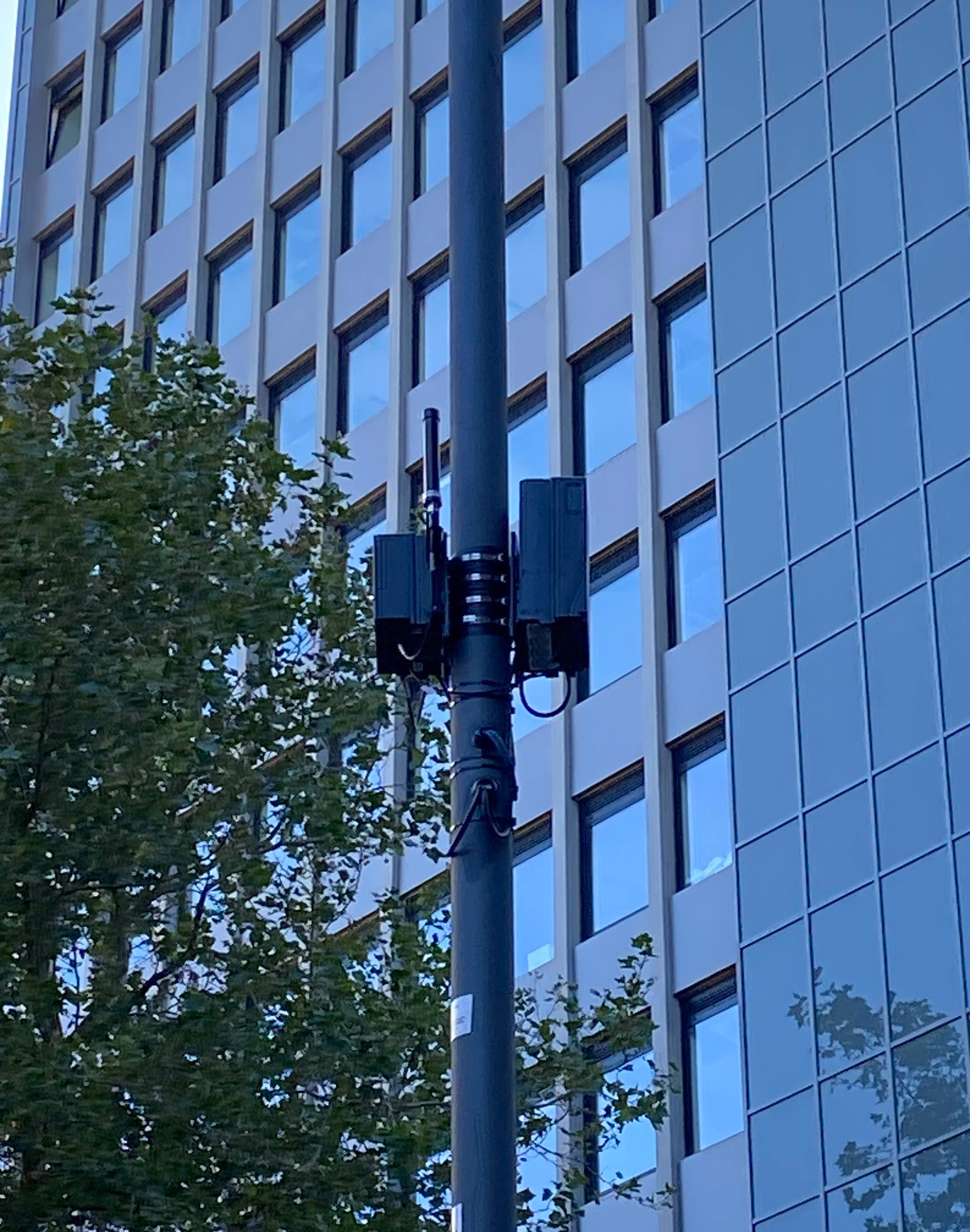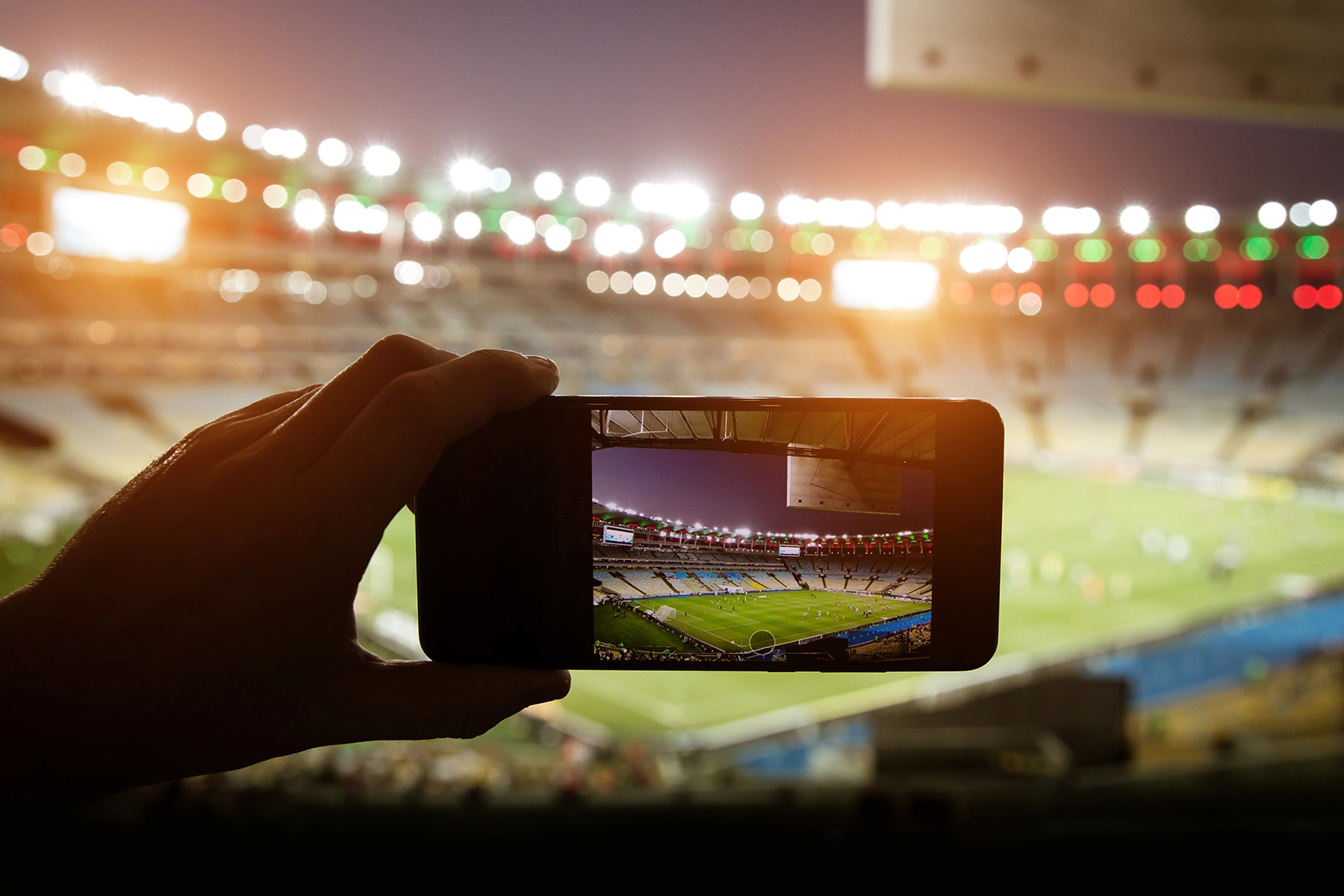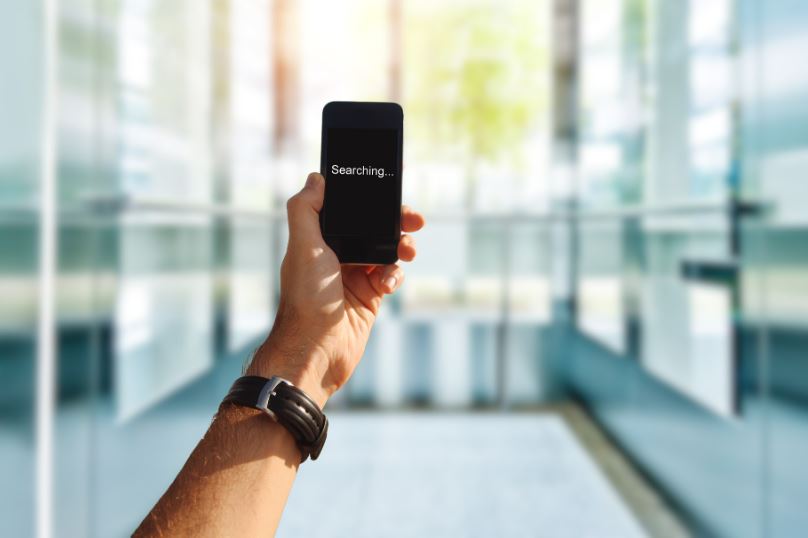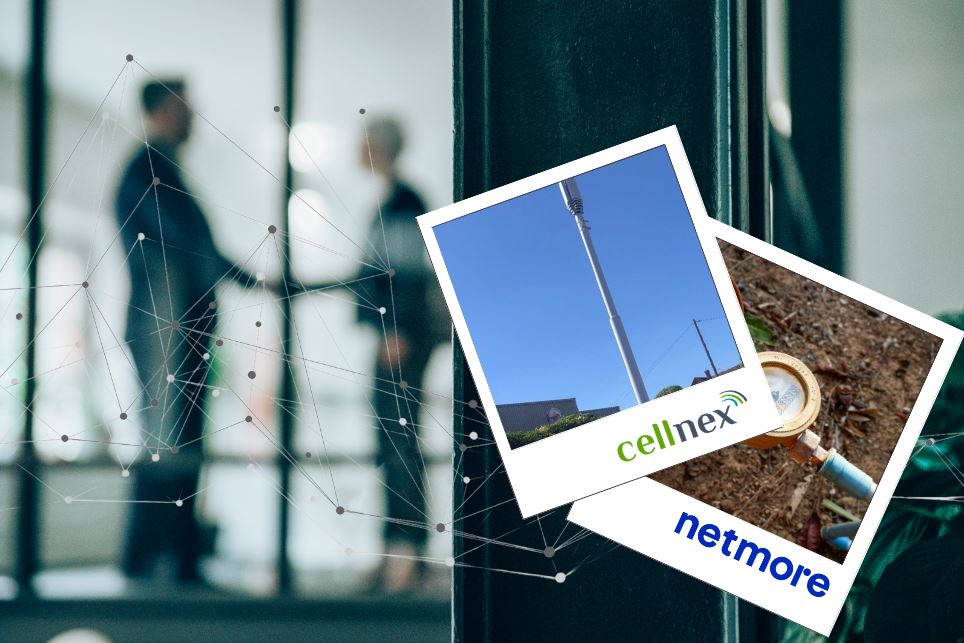Mediacentre

- 17 May 2023
- ·
- UK
Connecting urban communities
By Neil Chisholm, Commercial Development Manager at Cellnex UK
Listen to this article below:
Numbers tell a story, particularly on the subject of digital exclusion. In today’s connected world it can be easy to assume that most people have the same level of digital capability. Scratch the surface and research suggests that around a fifth of UK adults still lack Foundation Level digital skills[1]. This has a demonstrable impact on everything from income to inclusion[2].
Digital literacy is only part of the conundrum, of course. As well as knowing how to use the internet, people also need access to it. Here, much of the recent debate around availability has focused on rural areas. Given the often considerable disparity between mobile coverage and capacity in remote areas and urban spaces, this is understandable.
While the government’s Levelling Up agenda aims to address the digital divide in rural communities , we must remember that our towns and cities are not immune. Latest figures from OFOM show full fibre broadband availability in urban areas of the UK sits at an average of 43%, dipping as low as just 19% in some areas of the North East.[3]
More is at stake here than just social inclusion. 83% of people live in urban areas. Even with London removed, these spaces account for some 45% of the UK’s economic output[4]. Ensuring these urban businesses, homeworkers, social and health service providers have reliable access to the internet must be a mission-critical priority.
This is particularly true when it comes to mobile internet. Even pre-pandemic, the vast majority of UK adults (72%) said that their smartphone was their most important device for accessing the internet, with average daily usage standing at almost two and a half hours[5]. The problem is that delivering reliable mobile coverage and sufficient capacity into urban areas is becoming more and more difficult.
In these highly-populated locations, the problem is one of density rather than distance. The urban ‘clutter’ blocking signals is part of the issue. So too is the sheer amount of demand on networks, particularly at peak times in high traffic areas. And pressure will only grow as cities become ‘smarter’ and IoT devices proliferate. Traditional solutions, “macro” sites that employ rooftop-based transmitters, are no longer enough.
Small Cells – miniaturised wireless transmitters and receivers – can play a key role here. Most often fixed to lamp columns, Small Cells can give a huge boost wherever it’s needed most, filling the shortfall in capacity from these larger building-top transmitters. . In short, Small Cells provide a quick, cost-effective, and unobtrusive solution where it is needed.
While ultimately benefiting citizens, businesses and visitors within those areas, Small Cells also have much to offer for those who choose to implement them. For mobile network operators, for instance, comes the chance to enhance their customer experience and demonstrate their commitment to delivering positive impact for the communities in which they operate.
For local authorities and councils, Small Cells provide the basis for the secure and robust networks that underpin everything from communication and commerce, through to safety and wellbeing. Moreover, by working in partnership with telecoms infrastructure providers and MNOs to drive Small Cell adoption, LAs and councils can be proactive in pushing forward their own levelling-up strategies: simply by greenlighting proposed Small Cells implementations.
In the push to bridge the digital divide everywhere, it’s important not to overlook the overburdened networks in our cities. We must open the door to truly connected urban communities – and Small Cells hold the key.
To find out more click here
[1] Essential Digital Skills UK 2021 – Ipsos, 8th October 2021
[2] https://www.goodthingsfoundation.org/insights/building-a-digital-nation/
[3] Connected Nations 2022: Interactive Report, OFCOM, 2022
[4] Fact file: Rural economy – The House of Lords Library, 27th January 2020
[5] A decade of digital dependency – Ofcom, 2nd August 2018















